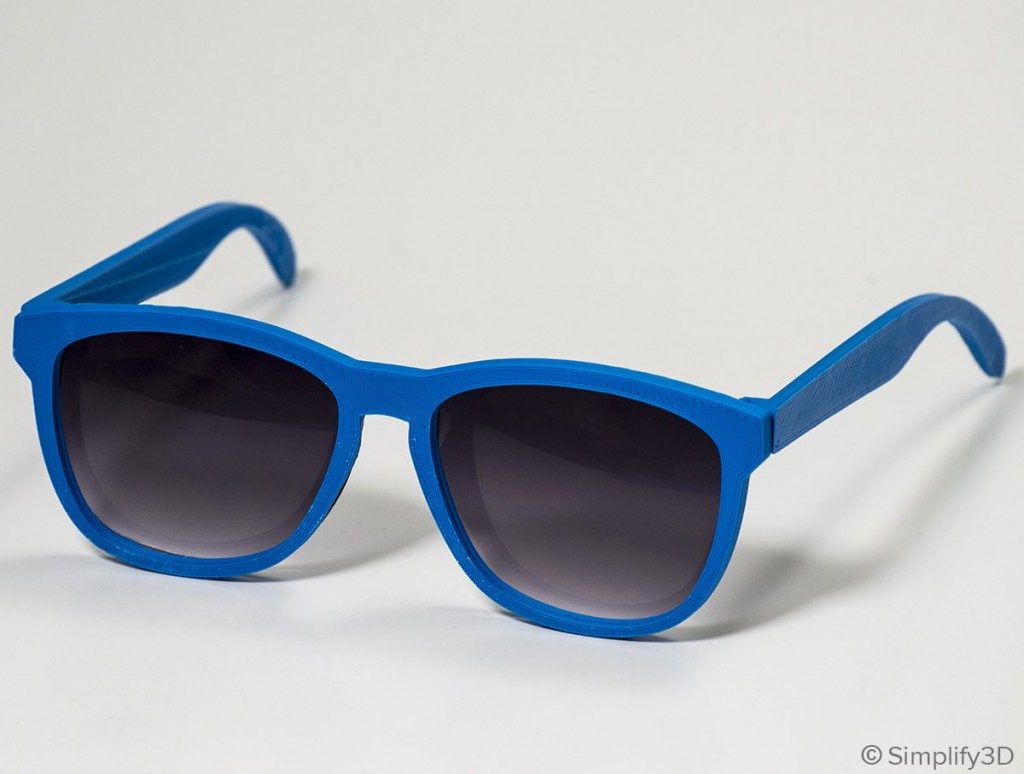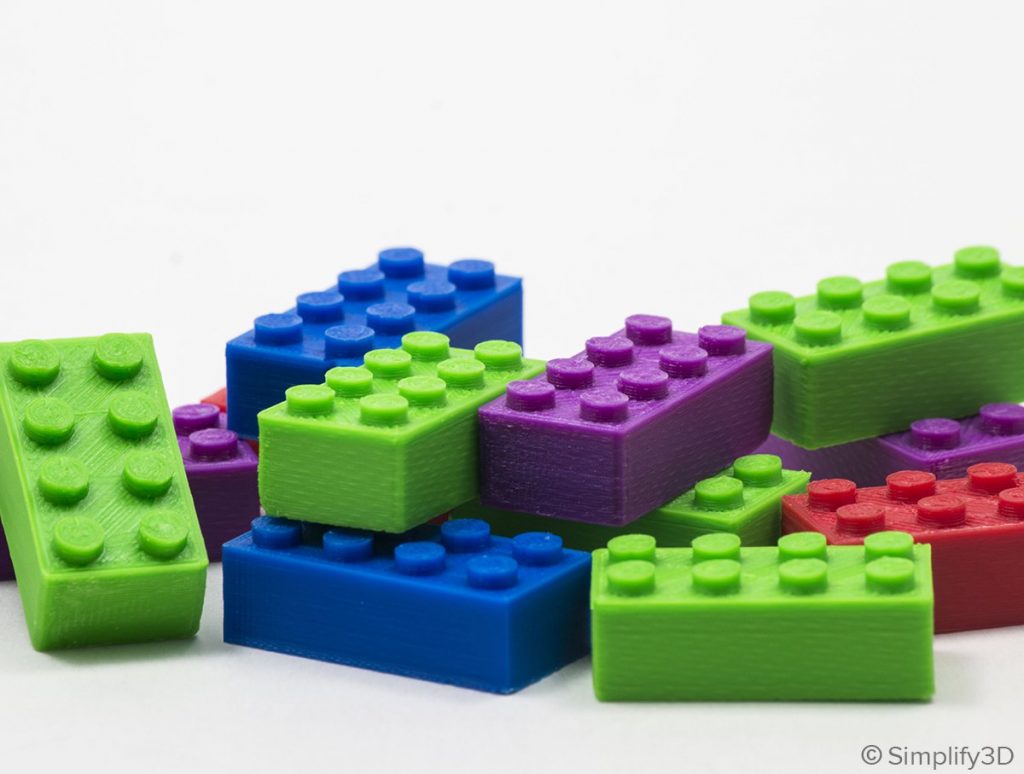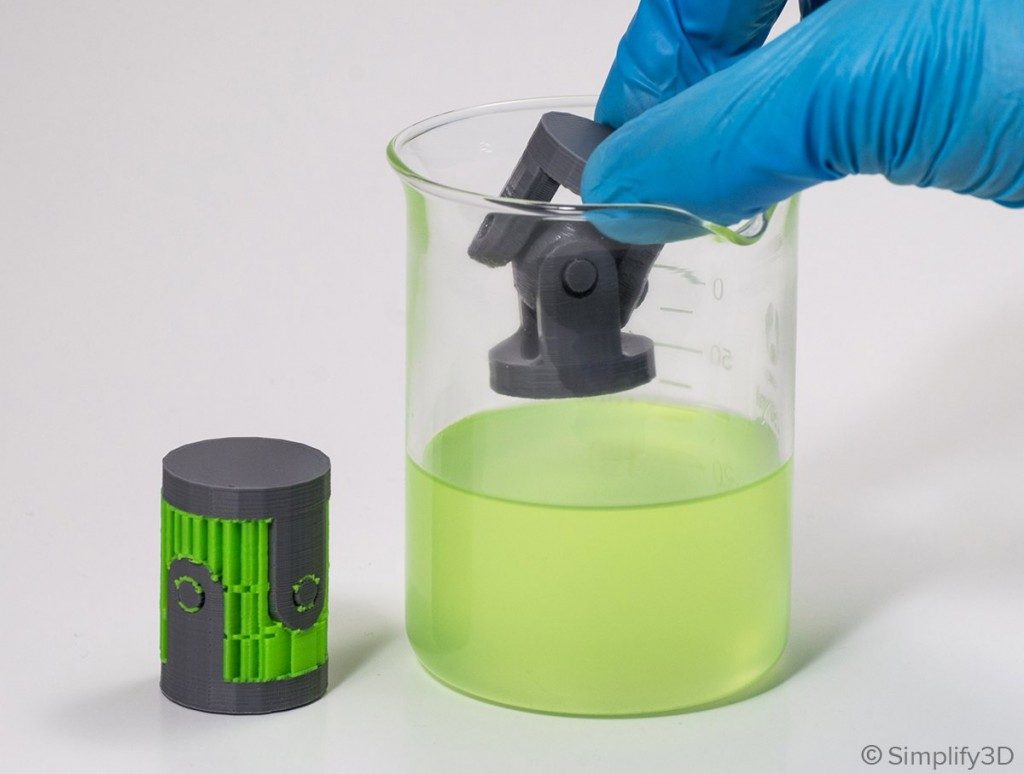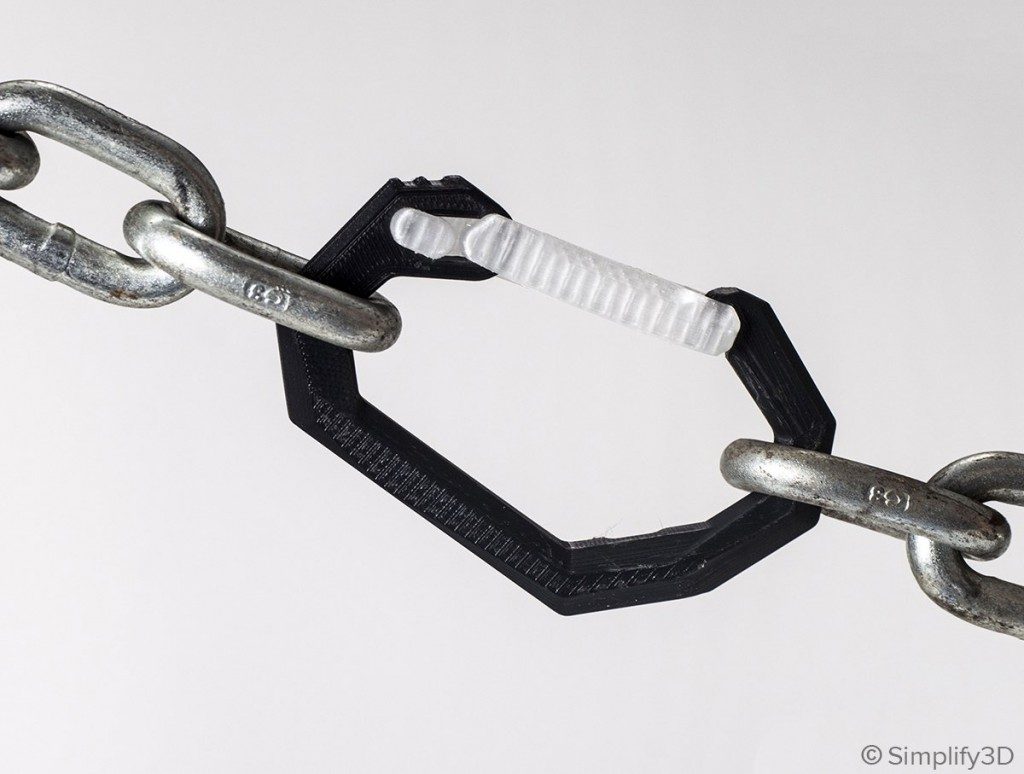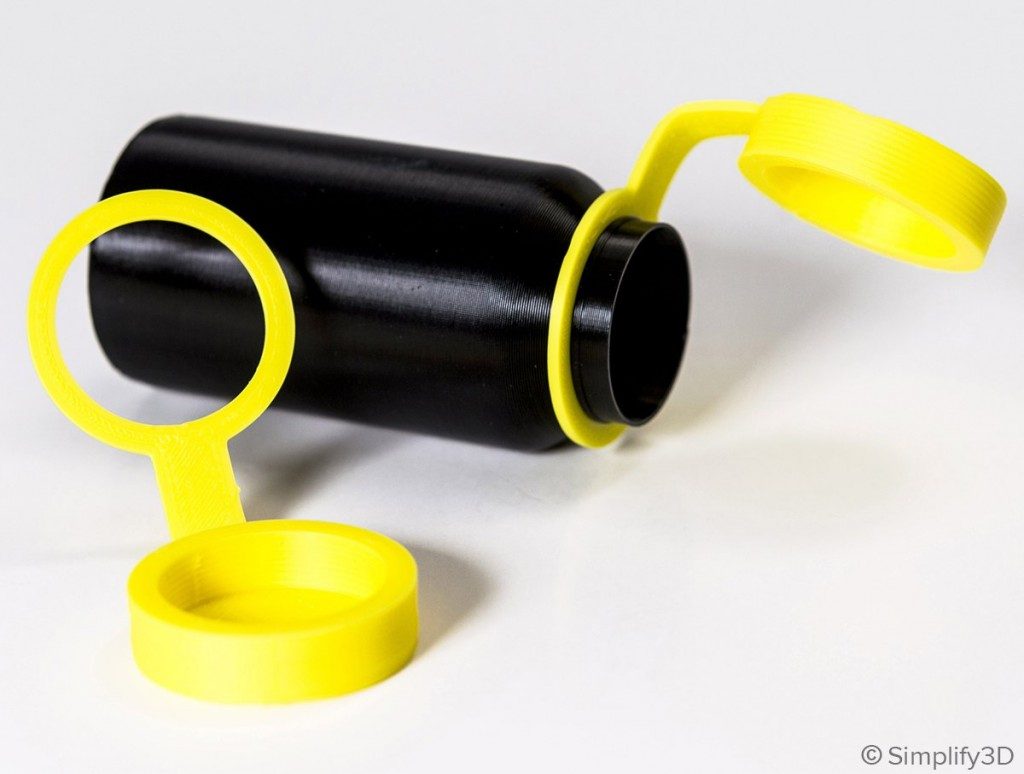ASA
ASA is a common alternative to ABS and is great for outdoor applications due to its high UV, temperature, and impact resistance.
Overview
ASA, also known as Acrylic Styrene Acrylonitrile, is a 3D printable plastic with properties similar to ABS. It was originally developed as an alternative to ABS that would be more UV resistant by changing the type of rubber that’s used in the formulation. ASA is known for high impact resistance, higher temperature resistance, and increased printing difficulty. It’s commonly used in outdoor applications instead of ABS due to its superior resistance to UV and harsh weather conditions. Due to its heritage, ASA still retains many of the same printability drawbacks that are seen with ABS. Warping is still a consistent issue that you need to account for, as well as the potentially dangerous fumes that the plastic emits during printing, due to the presence of Styrene.
Pros
- Strong UV resistance
- High impact and wear resistance
- High glass transition temperature
Cons
- Expensive
- Requires higher extruder temperatures
- Requires ventilation due to potentially dangerous fumes
Hardware Requirements
Before 3D printing with ASA make sure your 3D printer meets the hardware requirements listed below to ensure the best print quality.
Best Practices
These tips will help you reduce the chances of common 3D printing issues associated with ASA such as warping, shrinking, and poor bed adhesion.
Invest in a Good Build Service
For ASA to stay anchored to your build surface, we recommend using a layer of Kapton tape on top of your printer’s heated bed. Applying this layer of transparent tape will add about 0.1mm of thickness on top of your bed, so be sure to account for this in Simplify3D by increasing the global Z-axis offset on the G-Code tab of your process settings. If your printer uses a glass bed, you can also use PET sheets, which provide similar adhesion but maintain a smooth surface finish for the underside of the part. These solutions will all help to mitigate the warping that is commonly experienced with ASA prints.
Adjust Temperature and Cooling Setting to Prevent Overheating
Due to the higher temperature that is required for printing in ASA, these parts are frequently prone to overheating, which can create significant print quality issues. Simplify3D allows you to define custom temperature values at different locations in your print, so a great way to deal with this problem is to print the bottom few layers of ASA with a higher extruder temperature, and then decrease the temperature by 5 degrees a few layers later. You can repeat this process 1 or 2 more times so that the top of the part can be printed without overheating issues, while the bottom was printed at a higher temperature to help with adhesion.
Use Slow Speeds for the Cooling Fan
When printing with ASA, it can be difficult to overcome the effects of overheating. As mentioned above, lowering the temperature for higher layers in the print is one option for combating this issue. Another option is to enable the part cooling fan on your 3D printer to run at a very low speed. Values in the range of 10-25% typically work best, adding some additional cooling without inducing excessive warpage or shrinking.
Pro-Tips
- A slurry of ABS or ASA and acetone on top of a heated build plate will give an excellent film onto which your parts can adhere.
- ASA can be smoothed using controlled exposure to acetone vapors (a process called “vapor smoothing”).
- HIPS can be used as a great dissolvable support material for ASA prints. Consider using the Dense Supports option in Simplify3D for best results.
Get Started with ASA
Congratulations you are now ready to start 3D printing with ASA! Get project ideas from our common applications and sample projects and check out the popular ASA filament brands below.
Common Applications
- Automotive exterior parts
- Outdoor electronics housings
- Exterior signage
Sample Projects
Popular Brands
- Fillamentum Extrafil
- 3DXTECH
- Matterhackers
- Rigid.ink
How does ASA compare to other popular materials?
Click below to view our extensive Properties Table with a complete side-by-side comparison.

